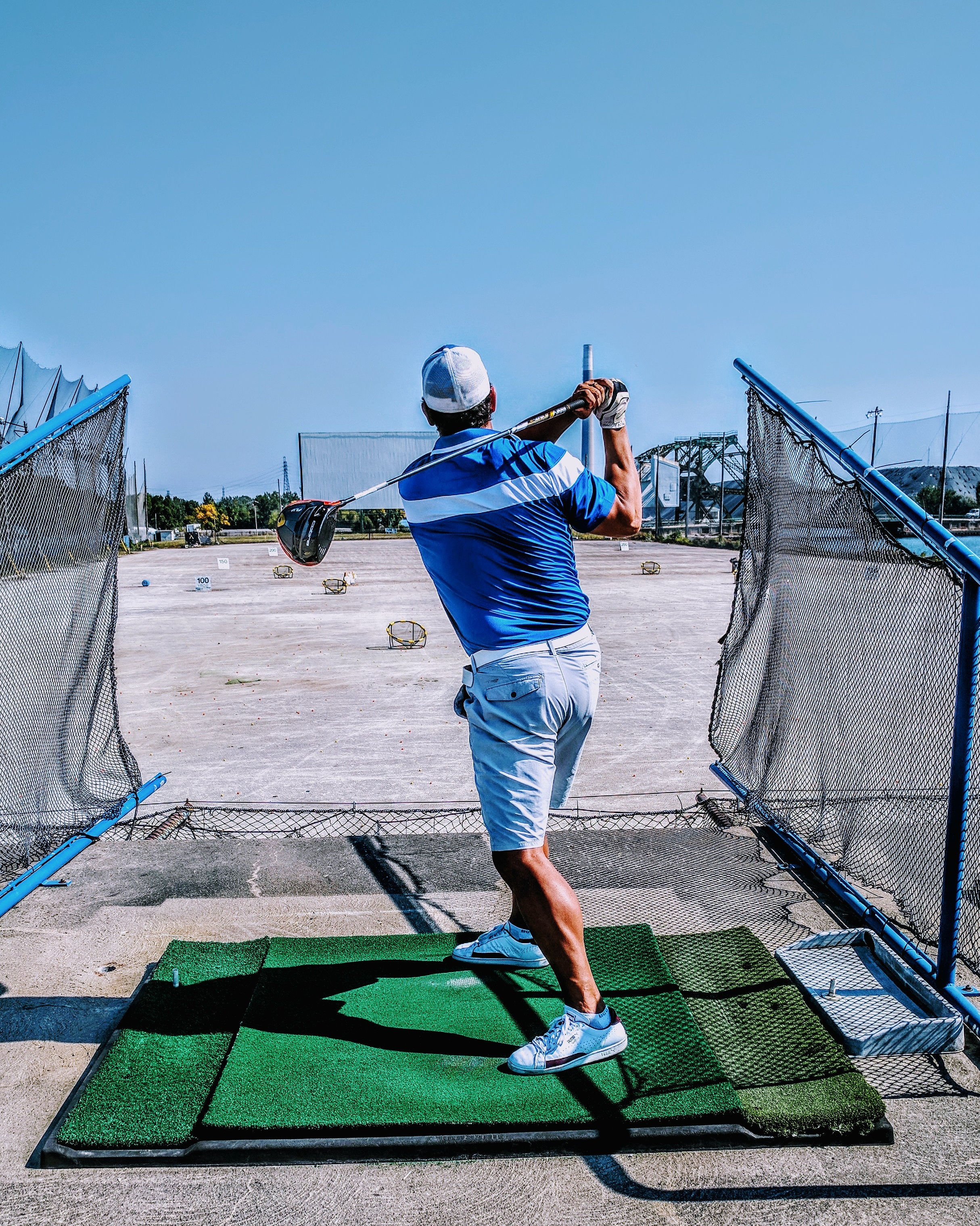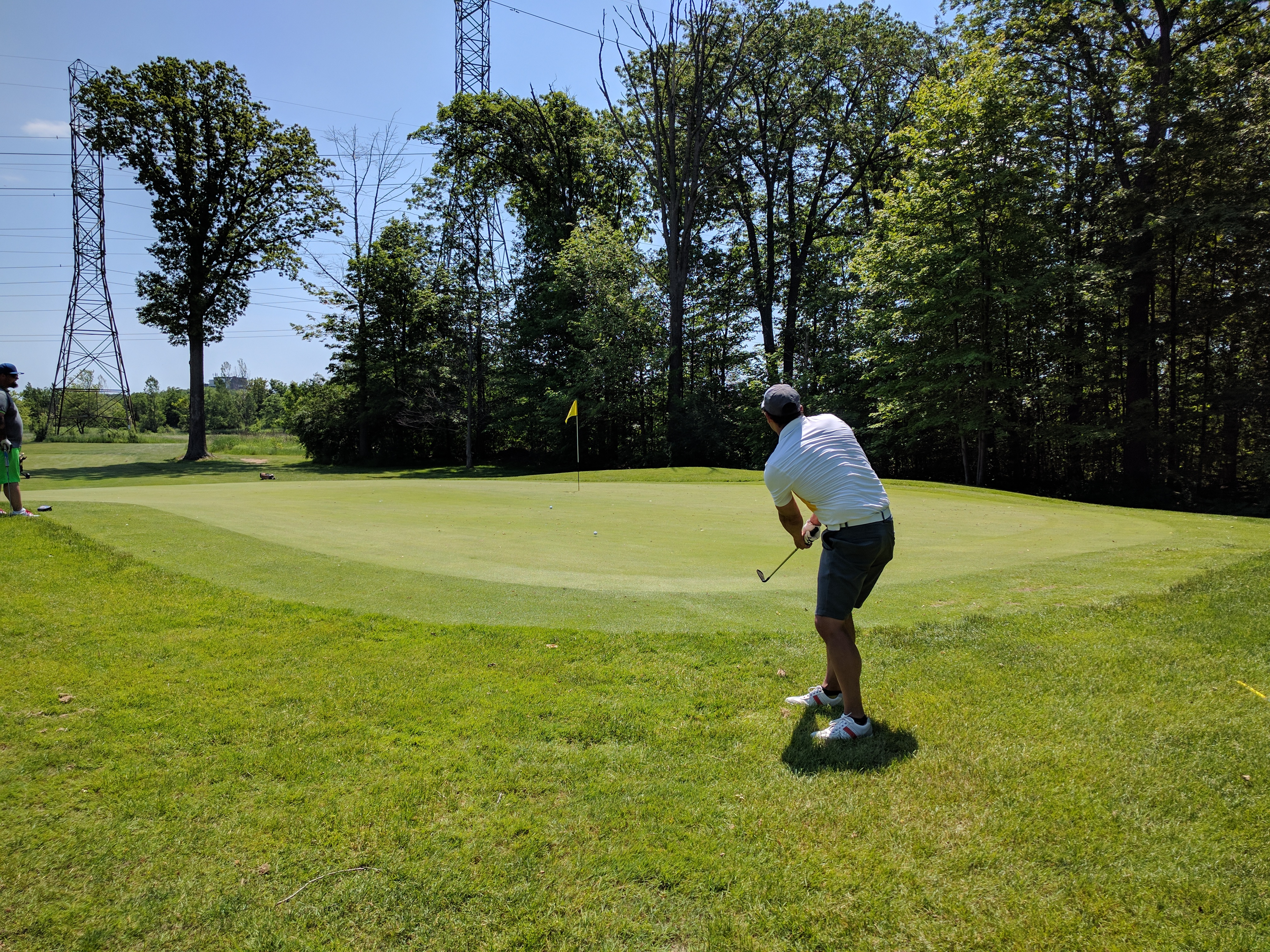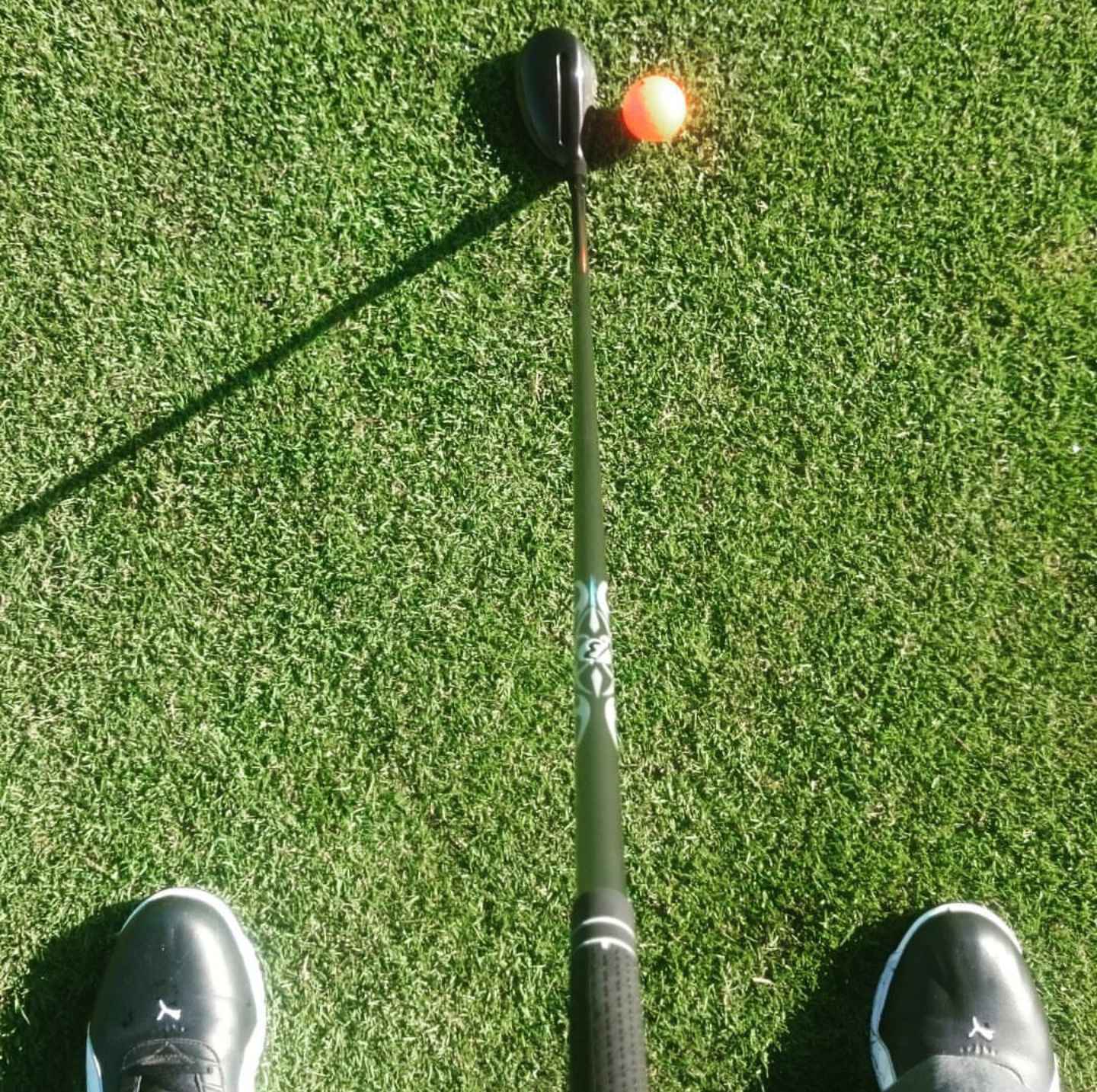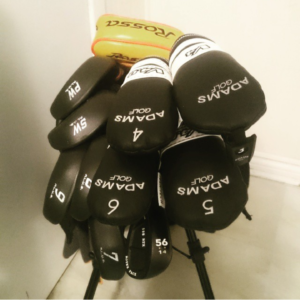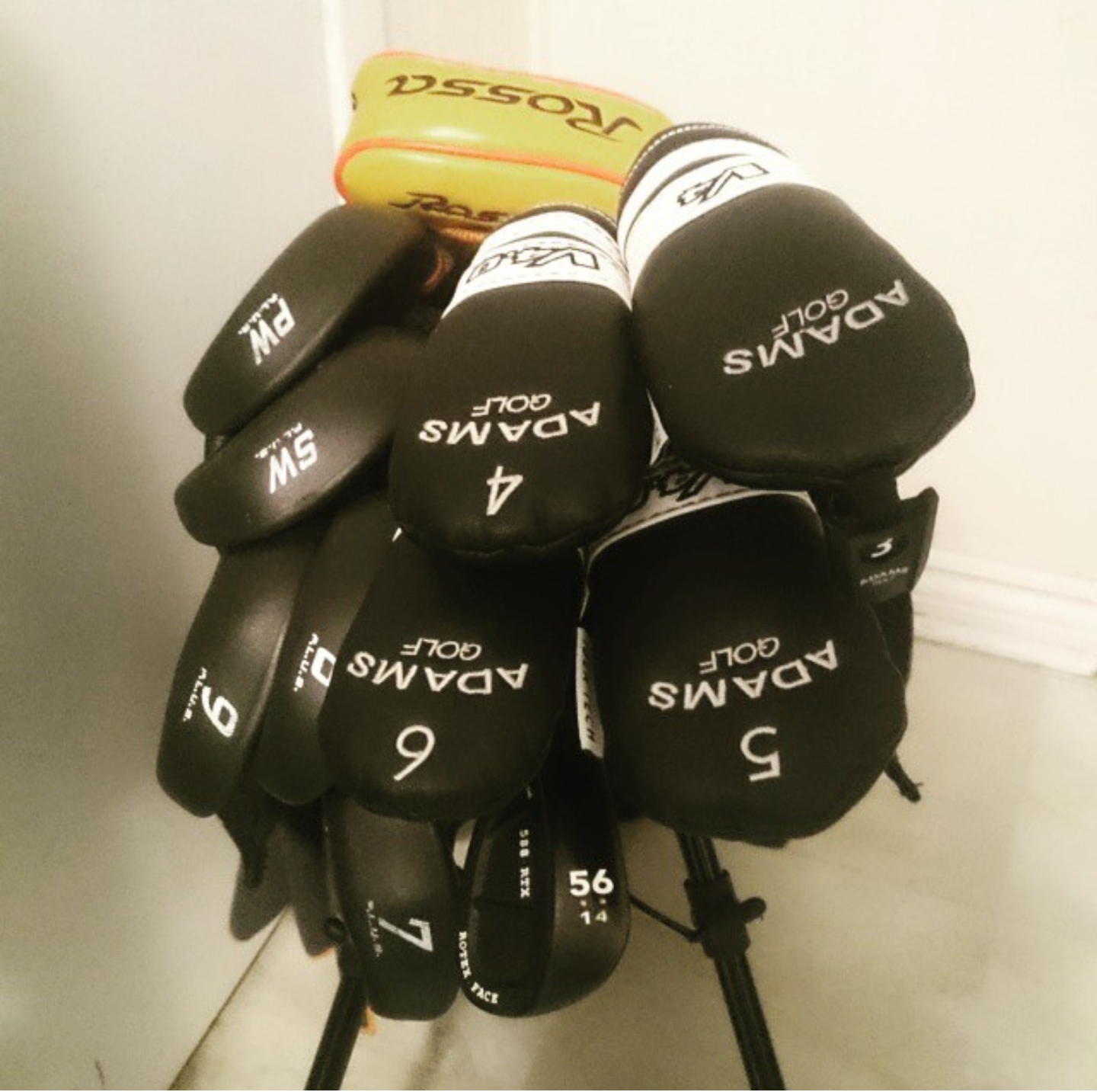Golf on a budget
Golf is an expensive sport to play. There’s really no way around it. When you add up the cost of your equipment, clothes, golf balls, travel, Range, and Course costs. The final number isn’t anything to laugh at, and the cost to play never ends. So when your leisure time is on a budget like mine. Why choose Golf as your sport? For me the answer is simple. Golf can provide you with an experience that very few Sports can offer. For a few hours on the course you can feel like you’re somewhere else. I’ve described it to people as a one day vacation. Being out on a well maintained course for a round of golf can feel like you just got off a plane, made your way over to the resort, and now you are enjoying a little R&R. The bonus is that you didn’t have to go through customs, check your luggage, or sit in an uncomfortable seat for who knows how long between two strangers. You can’t get that same sensation playing hockey on a rink, baseball on a diamond, soccer on a pitch, or basketball on a court. The closest thing to it is skiing or snowboarding which I did do for a while. Unfortunately winter doesn’t agree with me so I eventually gave it up. So now you understand my main motivation. That still doesn’t overcome the main obstacle to playing Golf.
The Cost, and how to reduce it.
Understanding the secondary market for Golf equipment is key to buying on a budget. Most major retailers of used Golf equipment still charge a relatively high price. In most cases you can find brand new clearance product for the same or in some cases an even lower price. For instance I have seen a clearance set of Speedblade Irons for $100 less than a used set. Another thing that you need to be aware of is the difference between Mass market, Large market, and Niche market manufacturers. Mass market manufacturers like Wilson or Dunlop over complete sets of clubs for a reasonable price. The quality is quite good for the cost, but the perceived value is much lower than the Large or Niche market manufacturers. In other words don’t ever plan on selling your set for anywhere close to what you paid for it. Of course most people won’t need to replace their clubs for many years with minimal maintenance so the resale value shouldn’t be much of a detriment. Another issue some of the more serious Golfers will have with mass market golf sets is the lack of customization. What you see is what you get. There’s no bounce or degree options with the Wedges. Don’t expect Drivers or Woods to be adjustable. Hopefully the Putter suits you. Of course you can add additional clubs after, but each club costs you more money.
Large market retailers like Taylormade, Cobra, and Calloway offer the smart consumer great deals provided they are willing to buy clearance stock. In the constant battle to keep your interest. These three companies constantly release new products. Taylormade has been known to release three new sets of Clubs in a single year. This would make models from the previous year undesirable by most, but still readily available. In order to create display space for the new models, retailers will heavily discount last year’s product. If you pay close attention to the product specs and reviews you will quickly realize that last year’s model might be almost identical to this year’s with only slightly different aesthetics. For about half the price of the newer model you can get a brand new club that provides almost identical performance. Although the resale value of Large market manufacturers isn’t very high either. Chances are good that you will be happy with the clubs you personally selected for a long time.
Niche market manufacturers should be avoided by Golfers on a budget. Companies like Titleist, PXG or Ping charge a high price for their equipment. As a result the resale value is quite high as well. This makes buying second hand equipment costly as well.
Take advantage of the off season
As much as the coming of Winter disappoints me because the Golf courses will all be closing for a few months. It does provide the savvy buyer with many opportunities to stock up on golfing gear. Golf stores are pretty dead during the winter so they will try almost anything to get customers in the store. Buy a Driver and get the matching Wood free. Get your clubs regripped for half price. Stock up on Golf balls while they are being heavily discounted. The clearance clothing stores like Winners or Marshalls will have racks of Summer Golf overstock in the late Fall. Then of course there’s all the Boxing Week sales. I got my $400 Driver for $160 on boxing day. I was offered $250 for it three months later at the local Range.
Buy a little at a time
Buying everything at once can seem overwhelming, and depending on your budget impossible. Spread out your purchases over time. It allows you to wait for the best deal, and keep your budget under control. I went through a full Season without a Driver. I went through almost two full Seasons before I completed my Wedge set. I got a great deal on each and every club. As an added benefit it forced me to learn how to get the most out of each club I owned before I purchased another one. Remember that if you are serious about taking up Golf. You will be playing this Sport for many years. There’s no real rush to complete your first set of 14 clubs. Most courses can be played just fine with half that number.
Beginner’s guide to Golf

